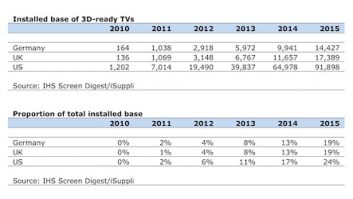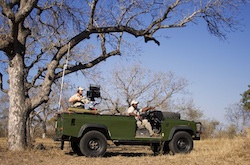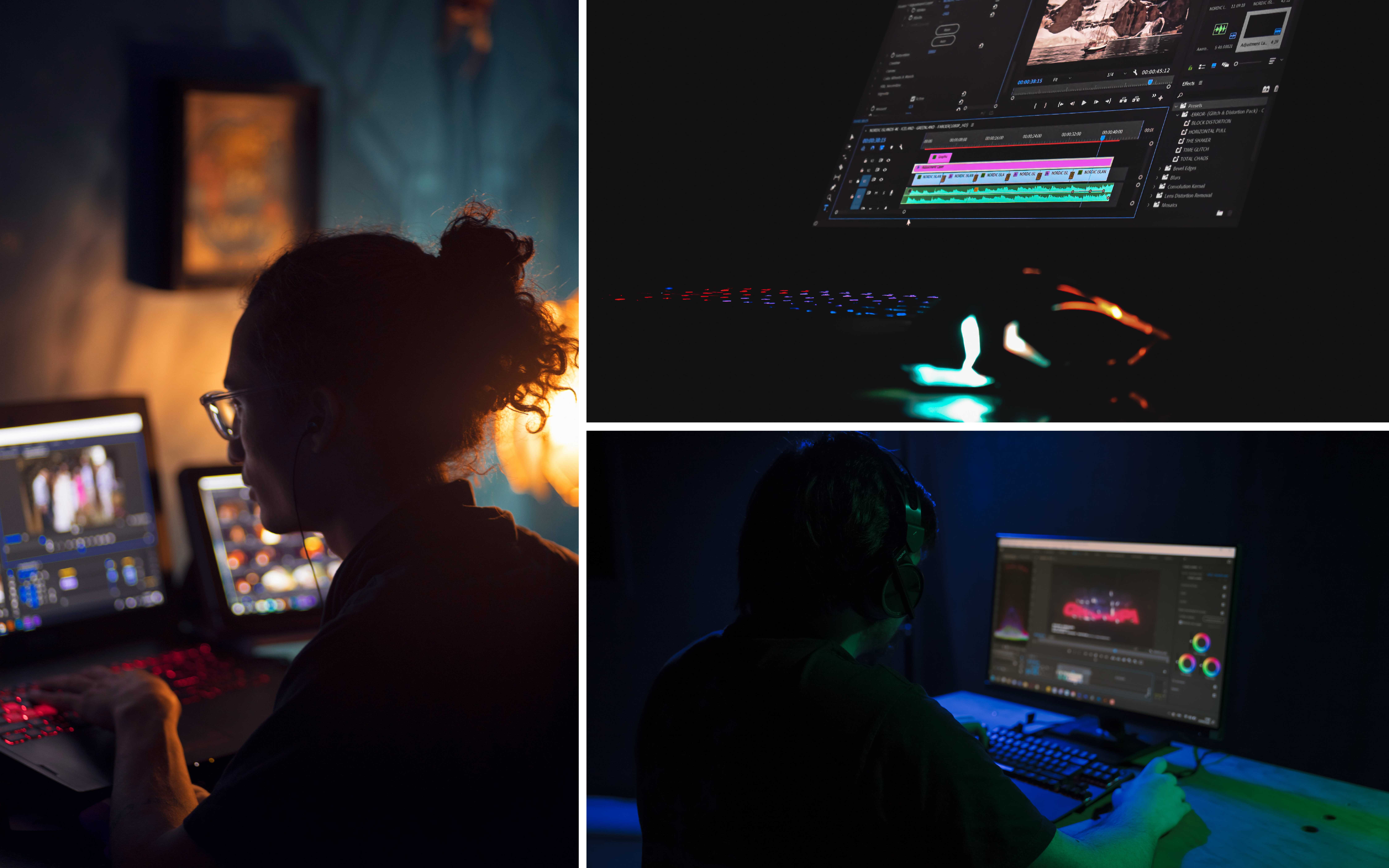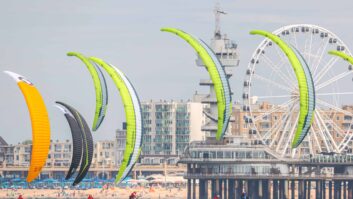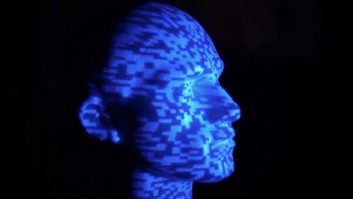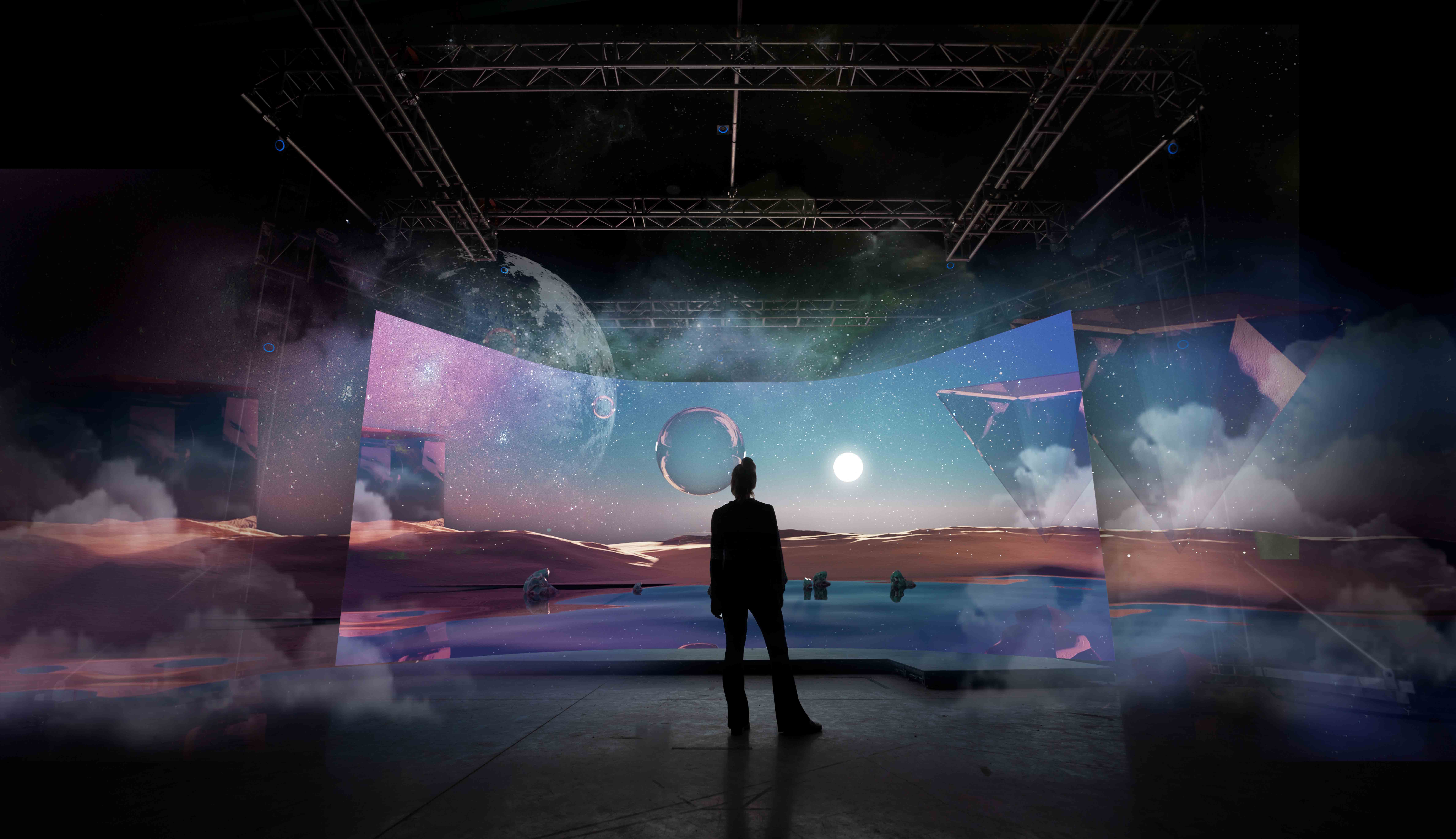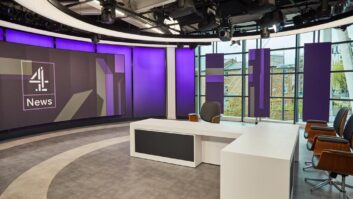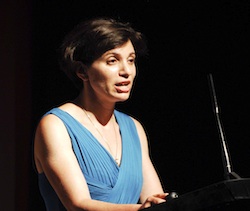
At the 3D Masters 2010 conference there was a marked contrast between the attitudes of the BBC and BSkyB to stereo 3D. The BBC is taking a watching brief while it remains uncertain of its value to mainstream programme making, whereas Sky urged the industry to close the content gap and produce quality 3D productions to fill new 3D channels. Adrian Pennington reports.
“For us the main question is whether 3DTV production is a public service,” said the corporation’s Head of HD & 3D Danielle Nagler (pictured). “Is 3D central to the future of TV or peripheral? There’s no answer now or likely in the next couple of years but we’re not going to sit around doing nothing.”
The BBC has a variety of research and development projects in the works including 3D4YOU which stores depth information alongside the image, allowing the generation of stereoscopic content for different kinds of 3D displays. “Could we get to the point where viewers could adjust their set for a 3D image they feel comfortable with?” she asked.
It is also experimenting with a “narrow pipeline of 3D projects” including projects from the Natural History Unit but also specialist factual, entertainment and comedy, she revealed.
Nagler reminded everyone that the BBC was still very focussed on HD. After it all it has only just made the investment in HD production equipment for Eastenders. “There is still a lot of work to do normalising HD,” she said. “The consumer is still confused about HD and we are still pressuring manufacturers to fill what we see as gaps in HD acquisition product.”
She confirmed that the BBC will film elements of London 2012 in 3D. Aside from covering the opening and closing ceremonies in 3D Nagler observed that it made sense to film the London Olympic stadium being built in Stratford in 3D for posterity. “The Wembley stadium of 1966 was only filmed in black and white even though colour was available,” she said.
Her comments were in marked contrast to the keynote speaker from BSkyB who launched the 3D Masters conference. Chief Engineer Chris Johns said: “We’ve put 3D screens into more than 1000 pubs where we can get 3D to a large number of people and we’ve started to see a revenue stream come out of that.”
From the autumn Sky will increase the content of its appointment to view Sky 3D service from the current two live Premiership football matches a month with additional entertainment, live event and documentary programming.
“As with the early days of HD the quantity of content is still too scarce to broadcast 24 hours of 3D,” he said. “Anything less than perfection with 3D means the format won’t take off. Stick to the guidelines and rules that we have put in place and learn from the experts. These are guidelines not definitive rules — you can go outside of them but only if you know what you are doing.”
Sky will accept converted 2D to HD material on a case by case basis. “Don’t just put a 3D layer on top of a 2D show with a magic box and expect to generate good quality,” he said. “Conversion can be done but only if it’s controlled properly. So convert with care, manage your product as it moves into the market and give the viewer an experience to remember.”
